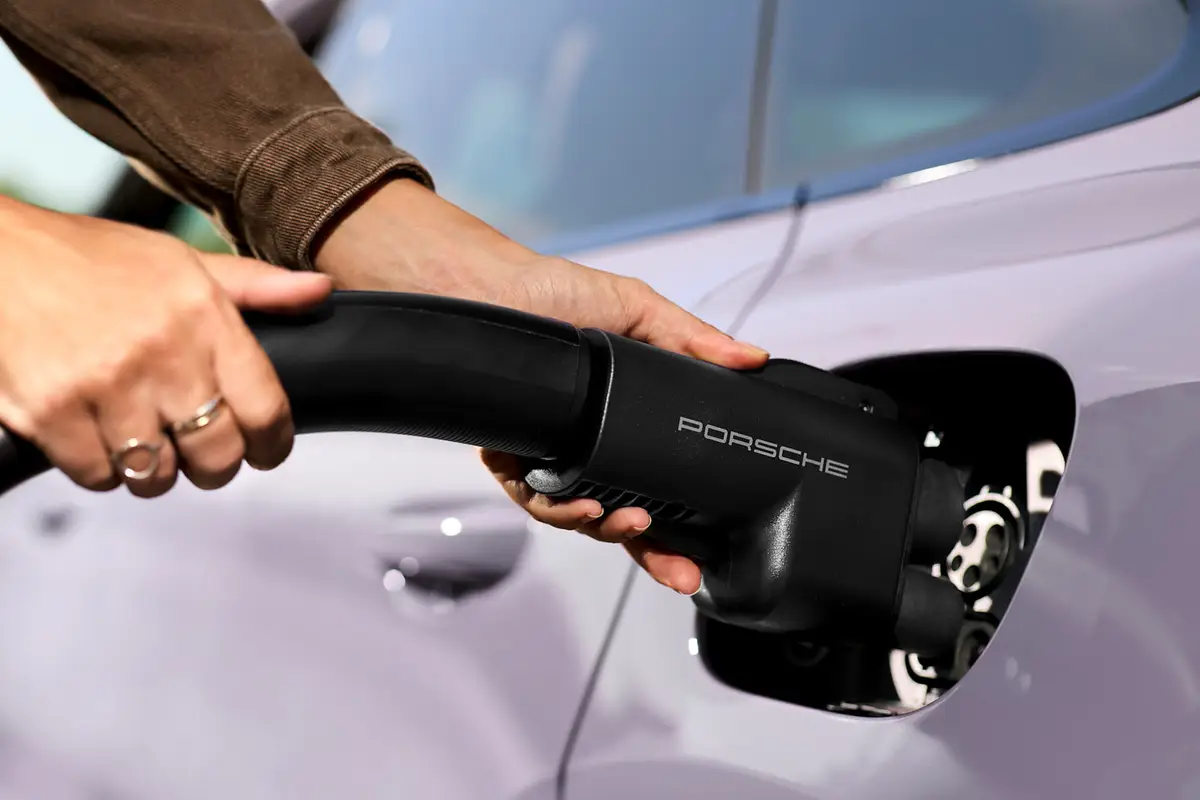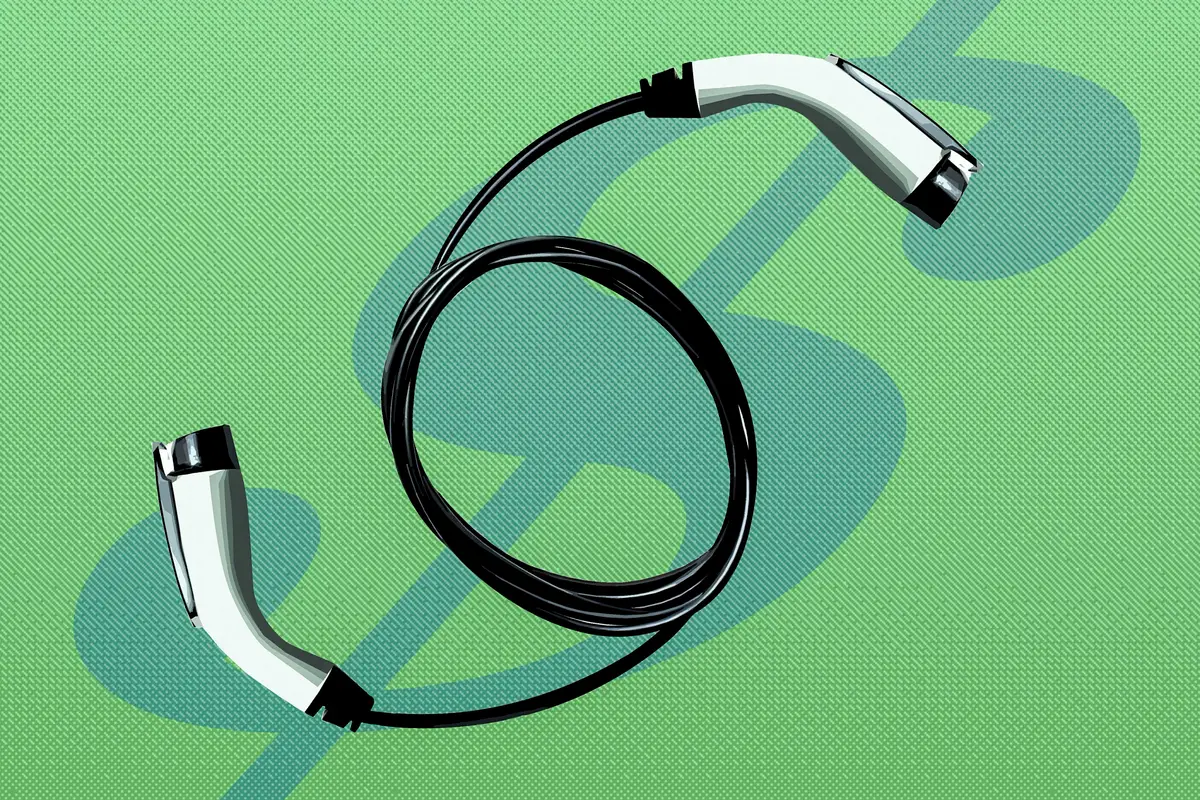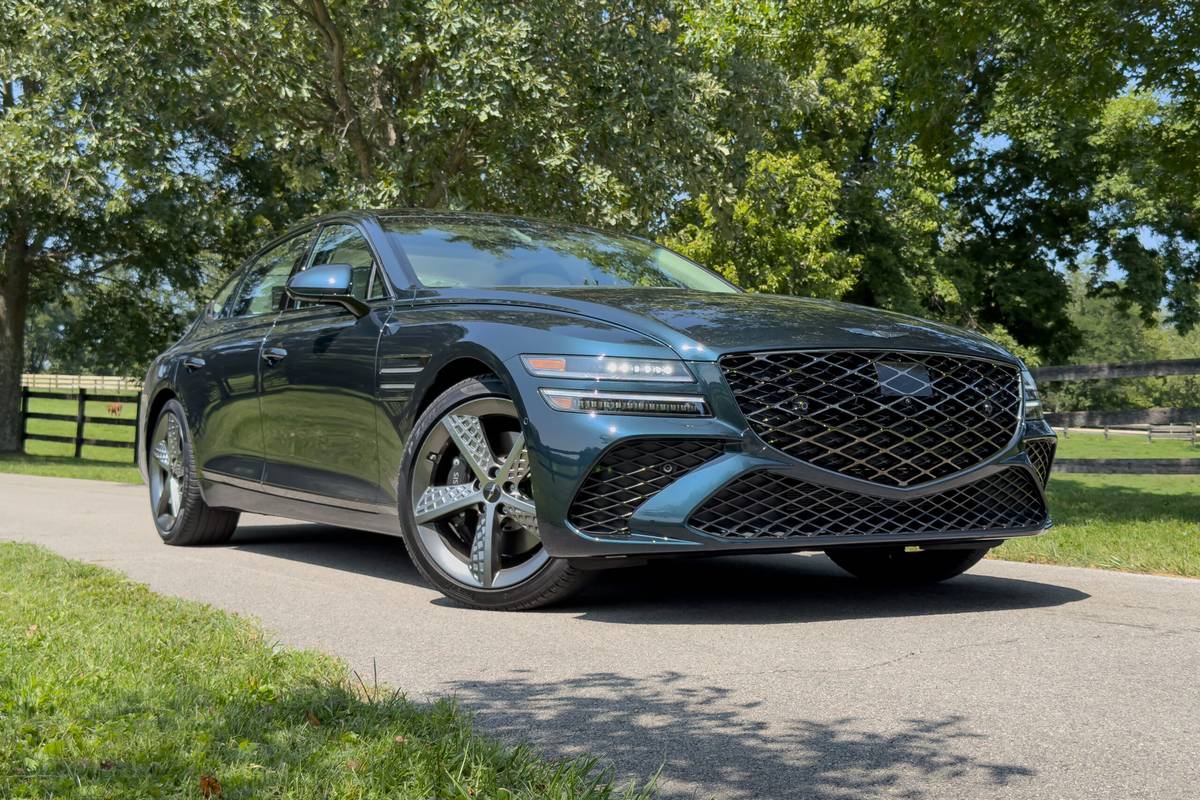The Morning Call and Mcall.com's view
A definition of the Seville would perhaps be that it is the foreign Cadillac. As American as the V-8 engine since its introduction in 1976, it has been Cadillac’s alternative to the European luxury sedan.
Even with today’s standard Cadillac a much smaller car than in the mid- 1970s, the Seville is still more attuned in concept and appeal to the European car. Although it is not cheap, it is competitively priced for its market.
The test car, a formal-looking black-on-black model, was even more European than the average Seville with its optional touring suspension, larger wheels and performance tires and anti-lock brake system (ABS).
Handling was very good, but the tradeoff for the sporty suspension and performance tires was a stiffer ride and more road rumble. The average Cadillac owner who seeks the quiet and smoothness of the car would probably be aghast with the test car, but the sportier driver would probably appreciate it. Since the car is offered both ways, everyone can be happy.
Although this year’s Seville looks very much like last year’s, it has been subtly restyled from the windshield forward and has a more sharply defined front end, including a new hood with a raised power dome and new grille and bumper guards. The overall appearance is a blend of traditional Cadillac and European sedan.
The Seville is not a large car, but it looks smaller than it actually is. With an EPA volume index of 112.6 cubic feet (98.6 interior and 14.1 trunk) the car falls within the mid-size class (110-120 cubic feet). The two front individual seats provide plenty of room for driver and passenger, while the rear seat can hold two in spacious comfort or three in cozy intimacy. Even with the front seats fully extended aft, rear seat passengers will have good leg room.
The interior is pure Cadillac, with lots of luxury and lots of convenience items. With its optional leather upholstery, the test car looked and smelled luxurious. Rear seat passengers will appreciate the improved safety belts with full three-point protection for outboard passengers as well as dual-mode lap retractors to prevent cinching.
A glance at the instrument panel doesn’t reveal a lot. There’s a digital readout speedometer, a fuel gauge and that’s about it. But there’s a whole bunch of other information located within the Driver Information Center. This unit continually displays outside temperature, time and date and flashes computer messages such as ”Trunk Open,” ”Low Washer Fluid” or ”Headlamps On,” even if you want to keep your headlamps on during the day. It also displays engine functions such as oil pressure, coolant temperature, voltage and, something you don’t see everyday in a Cadillac, engine rpm. That’s right – a tach in a Cad. It also houses a trip computer. The only problem with the DIC is that it is located low on the center console and a driver has to take his/her eyes off the road to push the right button and read the information being sought. A passenger is a definite help here.
Seville’s performance is improved this year with a larger engine. The V-8 now measures 4.5-liter/273-cubic-inches compared to the previous 4.1-liter/ 250-cubic-inch engine. The 23 cubic inches may not sound like much but it certainly makes a difference. The transverse-mounted 4.5 develops 155 horsepower at 4,000 rpm and 240 foot-pounds torque at 2,800 rpm. So even though displacement has been increased by less than 10 percent, horsepower and torque have been increased by 20 percent. (The 4.1 was rated at 130 horsepower and 200 foot pounds torque.) Cadillac claims the engine produces the most torque of any front-wheel drive automobile sold in this country.
The engine’s power output also has been enhanced by redesigned intake and exhaust systems. The intake runners have been tuned for maximum efficiency, and a large-diameter throttle-body atop t e intake manifold provides better air flow. A low-restrictive air cleaner helps improve air flow to the engine, while a low restrictive catalytic converter and a larger diameter exhaust system contributes to better ”breathing.”
This is the technical end of it. To prove all of this, the driver just has to step on the accelerator and let the four-speed automatic do its job. If you step really hard, the Seville will go from 0-60 mph in a little less than 10 seconds. Other noticeable improvements are increased power in low to medium rpm ranges, more low-end output for city driving, less transmission downshifting on the highway and better throttle response under all conditions.
Despite the increase in power, fuel mileage is rated at about the same as last year. (17/24 compared to 17/25). The test car averaged 13 miles per gallon for city driving and 23 mph over the highway. Unleaded regular and premium were used in the test car with no detectable difference.
The test car handled well with the optional Touring Suspension, which features re-tuned front and rear spring, shock absorber and sway bar rates compared to the base Seville suspension, as well as P215/ 65R15 Eagle GT+4 all-season performance tires on seven-inch-wide alloy wheels.
Even more impressive is the new Teves ABS. Antilock braking automatically prevents wheel lock-up, ensuring steering control even during panic and slippery-surface stops. It does this by sensing the rotational speed of all four wheels and momentarily reducing braking pressure as required to prevent lockup.
Although the Seville is the small Cadillac, it is by no means the least expensive. The test car had a base price of $27,627, options totaling $3,055 and a destination charge of $525 for a bottom line of $31,207.
The long list of standard equipment includes climate control, AM-FM stereo/cassette, power windows, power locks, cruise control, power four-wheel disc brakes and styled aluminum wheels. Option prices included: ABS, $925; upgraded radio, $905; Touring Suspension, $270; rear defogger, $170; leather seating area, $410, and illuminated vanity mirrors, $150.
The Seville is covered by GM’s six-year, 60,000-mile powertrain warranty and six-year, 100,000-mile rust-through corrosion warranty, as well as Cadillac’s five-year, 50,000-mile warranty on major assemblies. Strong protection.
Latest news



